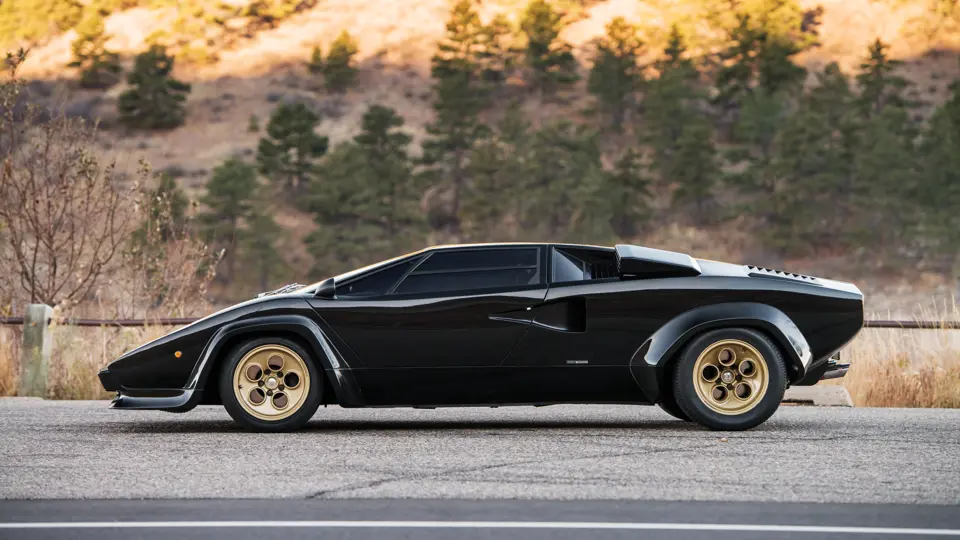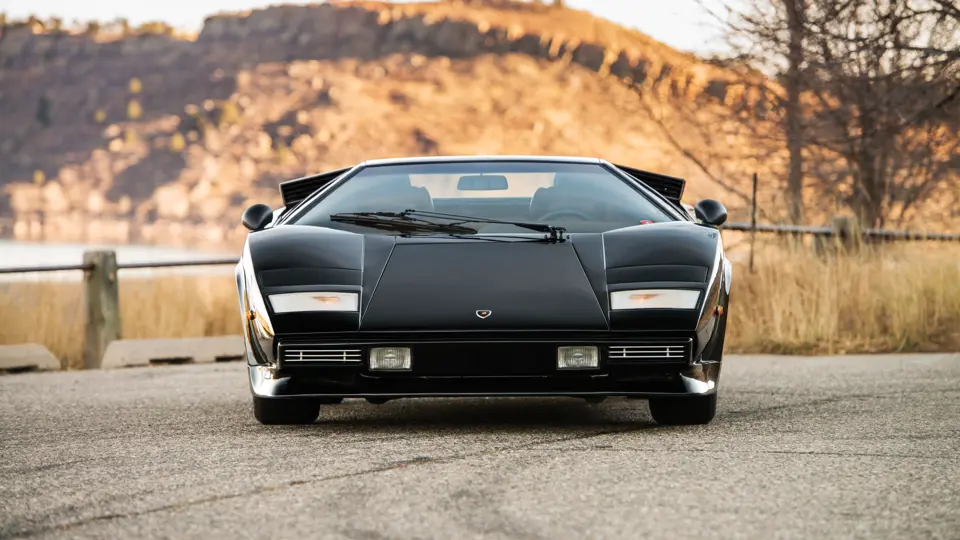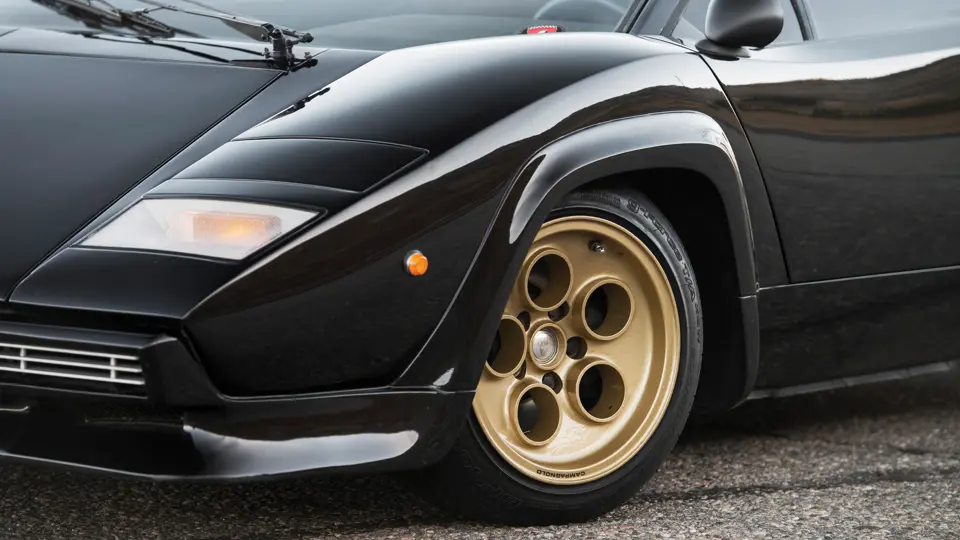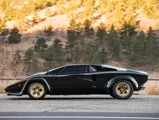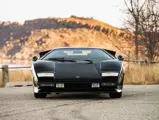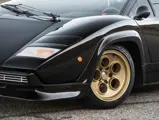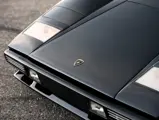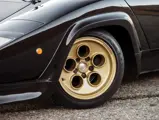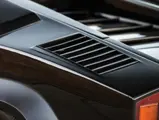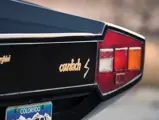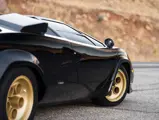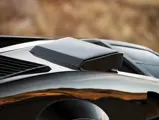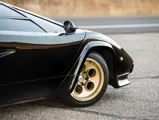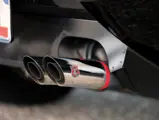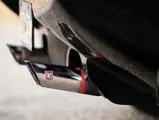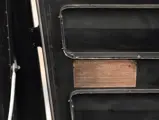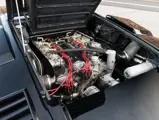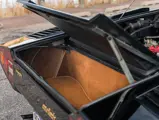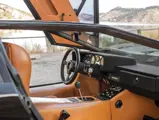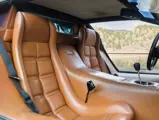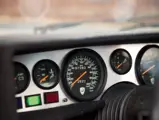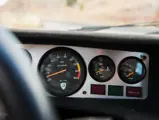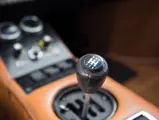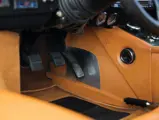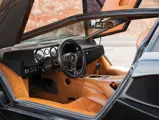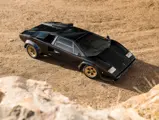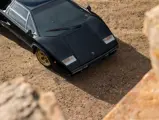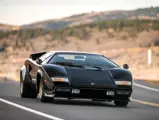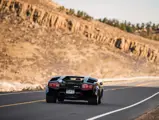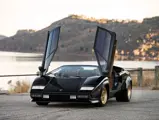375 bhp, 3,929 cc DOHC V-12 engine with six Weber horizontal two-barrel carburetors, five-speed manual transmission, unequal length A-arm front suspension with coil springs and an anti-roll bar, upper lateral-link rear suspension with lower A-arms, coil springs, and an anti-roll bar; and four-wheel disc brakes. Wheelbase: 96.5 in.
It is easy to forget how shocking the Marcel Gandini-designed Lamborghini Countach prototype was at its Geneva introduction in 1971. Its impossibly low wedge profile, scissor doors, mid-mounted V-12, and angular styling set the language for nearly every supercar since. Lamborghini has remained true to the Countach’s original design for 45 years, with its influences still seen today in the current Aventador.
The Countach had lost none of its power to astonish when the production version, the LP400, debuted in 1974. In the United States particularly, where the streets were still filled with muscle cars and full-sized sedans, it resembled nothing less than a road-going spaceship. In 1978, the updated Countach LP400 S was introduced, featuring an aggressive front splitter, hugely wide Pirelli tires, muscular fender flares, magnesium Campagnolo “Bravo” wheels, and revised suspension geometry. Three series of the LP400 S were produced, the first two series sharing the chassis and low body of the original LP400. Series I cars featured the stylish Bravo wheels, and only 50 of these were produced. The Series I Countach has the aggressive look of the later models but still retains the pure design that made the LP400 an icon.
This first series Countach left the factory in September 1979 and was first sold by the Hubert Hahn dealership in Dusseldorf, Germany. Originally finished in the striking color combination of Blu Acapulco over natural leather with gold Bravo wheels, it was soon repainted black while in Europe in the early 1980s. In 1984, the car was imported to the United States under “exempt” status, meaning that the performance-robbing steel bars in the doors, catalytic converts, gas restrictor caps, smog pump, larger bumpers, and braces in the rear trunk were not added and it remained true to its original factory specifications. The 4.0-liter engine is factory stock with its six 45 DCOE Weber carburetors, 10.5:1 compression ratio, and high lift camshafts with a redline of 8,000 rpm.
In 2002, the drivetrain was removed to perform a comprehensive service and rebuild to ensure its mechanical condition and future reliability. The pistons, crankshaft, liners, and rods were all carefully checked and found to be in excellent condition. The valves were replaced with new items, the valve springs were reconditioned, and new valve guides were installed. The radiators were reconditioned and new radiator fans helped the cooling system. New rings, oil lines, a throw out bearing, a clutch disk, gaskets, thrust bearings, and countless other items in the engine were also replaced at this time.
More recently, the current owner replaced the old heavy exhaust with a period-correct Ansa Sport exhaust system. To prevent corrosion and for more efficient heat insulation, the exhaust system was ceramic coated. The shocks were found to be in good working order when the suspension was re-done three years ago and new brake pads were installed in 2014. In 2015, the drivetrain was removed once more so that the transmission and engine could be properly serviced. At this time, a new clutch disk was fitted, the seals and an aluminum ring in the transmission were replaced, all six carburetors were cleaned, the timing was set, the fuel pumps were repaired, fuel lines were replaced, and the top of the engine was blueprinted.
In 2016, further work was performed, including repairing small cracks from age in the tube frame brackets, cleaning and re-sealing the undercarriage, and replacing all the hoses. The air conditioning system was serviced and blows cold, the clutch (including the master and slave cylinders) was replaced, and small dents in the aluminum fenders were repaired. To return the car to factory specifications, the bulky square reflectors on the rear fenders were removed, correct Sebring mirrors were installed, and the bull that had been added to the rear panel was also removed. The roof, engine lid, and rear portion of the car were repainted. While the original leather interior remains in great condition, the carpeting was replaced 10 years ago.
This is an attractive, well-sorted, low-body Countach that is being offered by its owner of 22 years. Many of these cars have become the victims of modifications and a lack of maintenance, but this example remains entirely stock and has always been regularly driven and carefully serviced. The owner reports that it is incredible to drive on fast mountain roads and that the car is rust and accident free. Included with the sale are extensive records and photos documenting all of the work the owner had done to the car, import records from 1984, the original owner’s manual, original engine manual, and two reprinted technical manuals. This Countach is an exceptional classic supercar that will keep turning heads for decades to come.
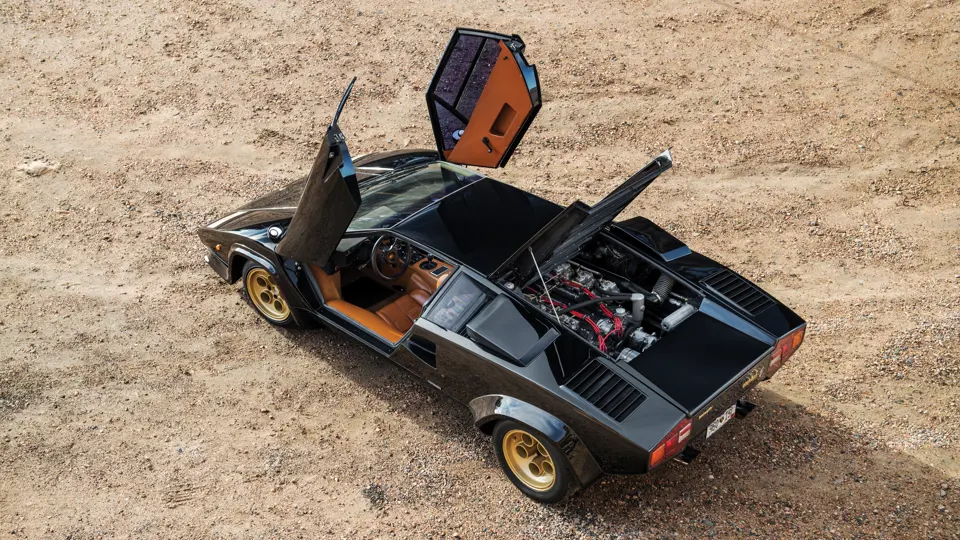
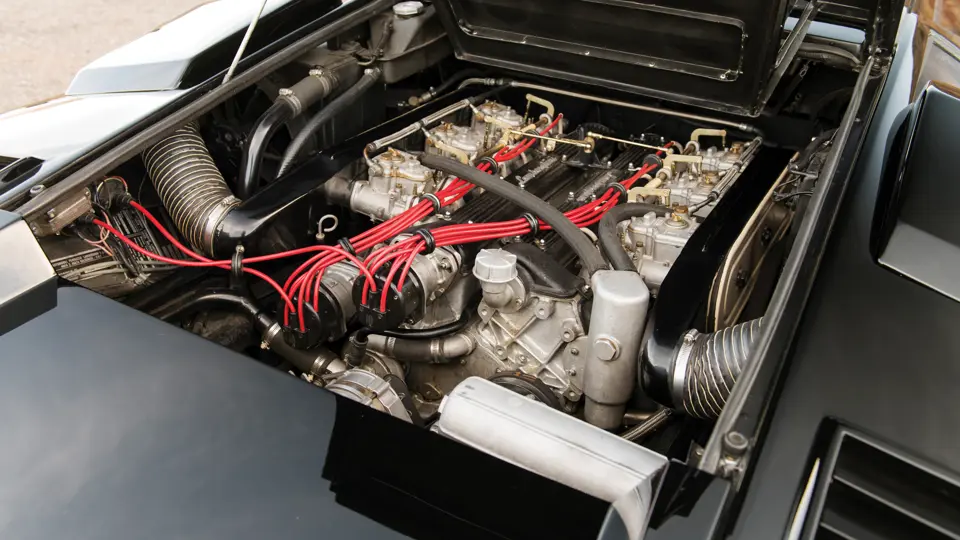
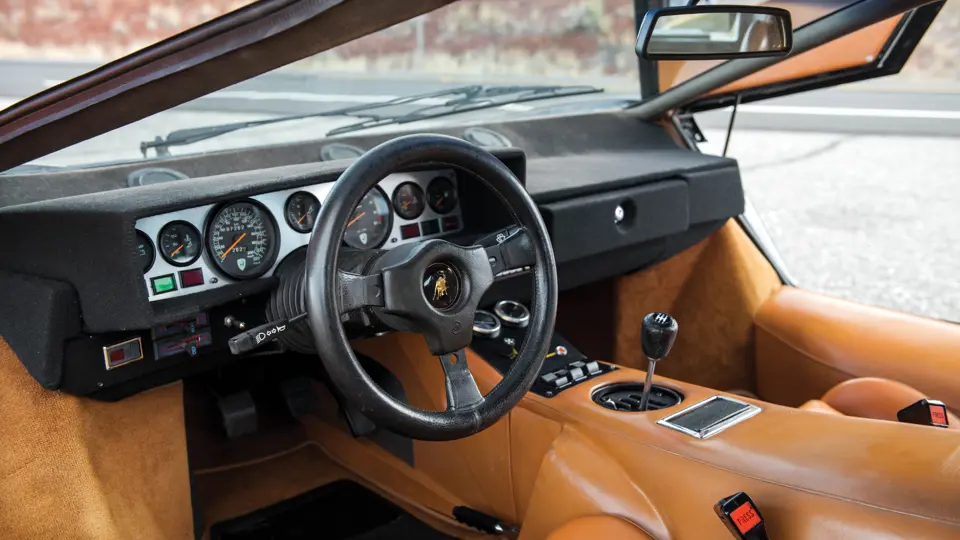

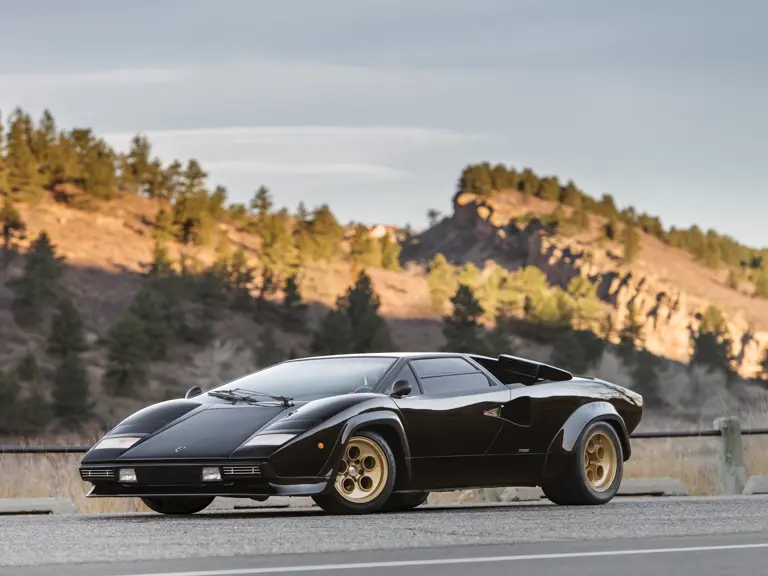
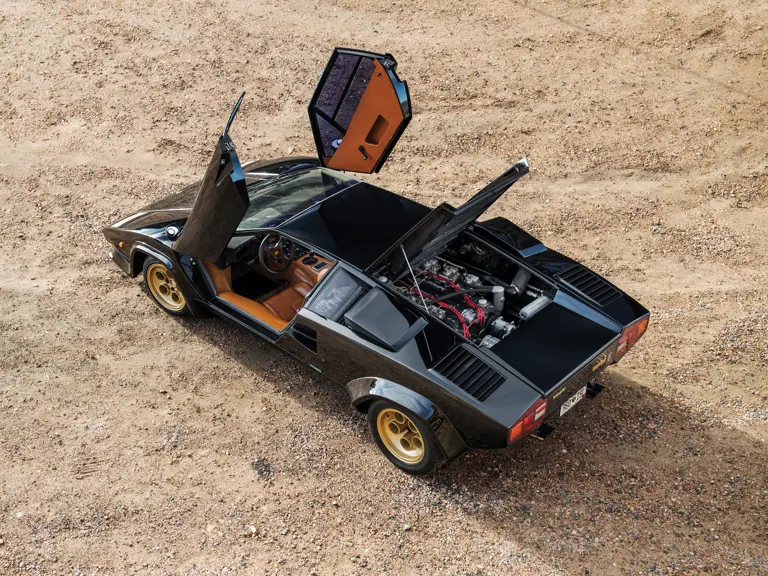


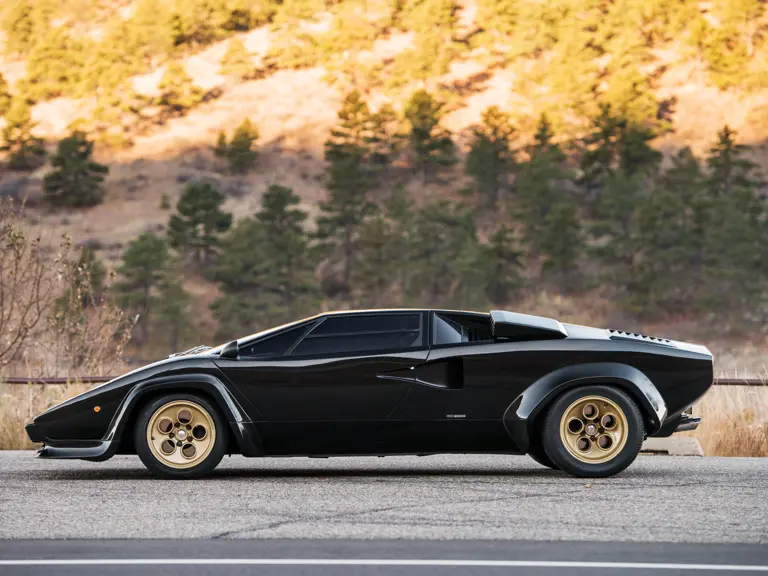
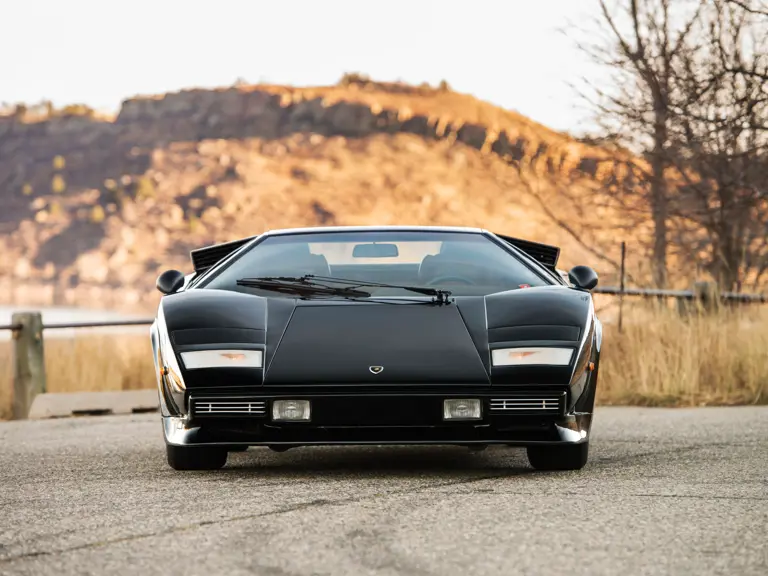

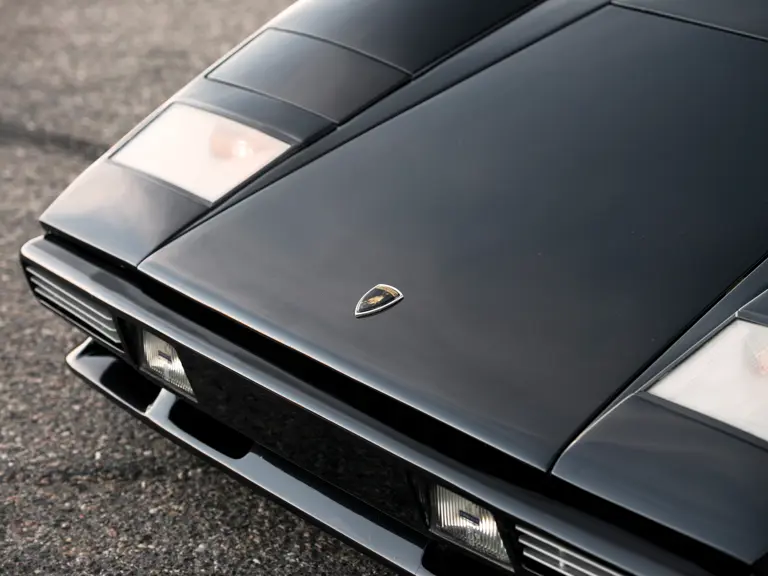


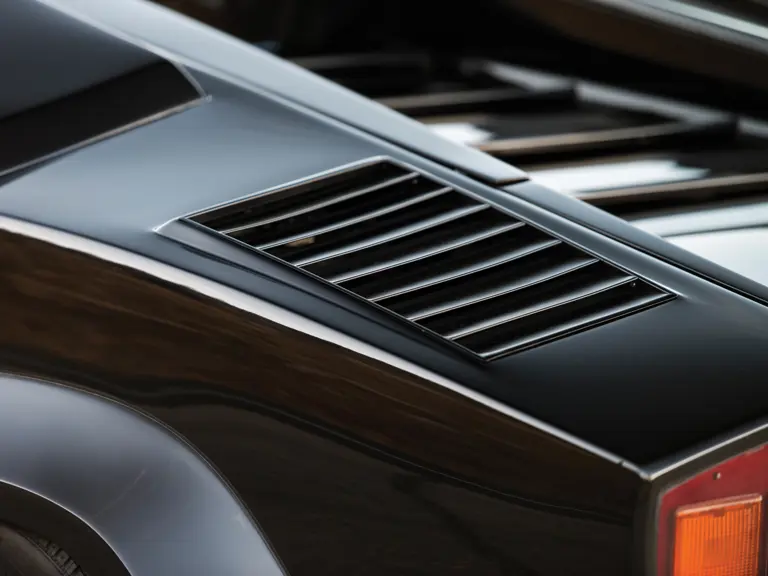
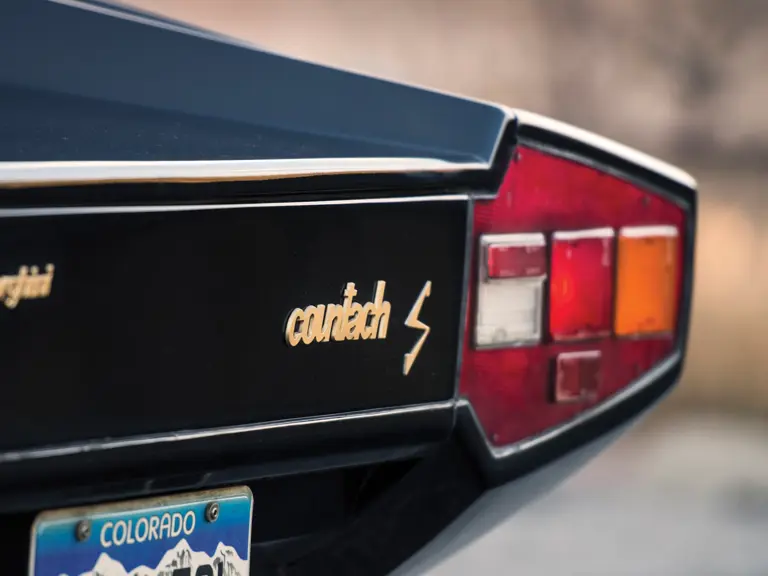


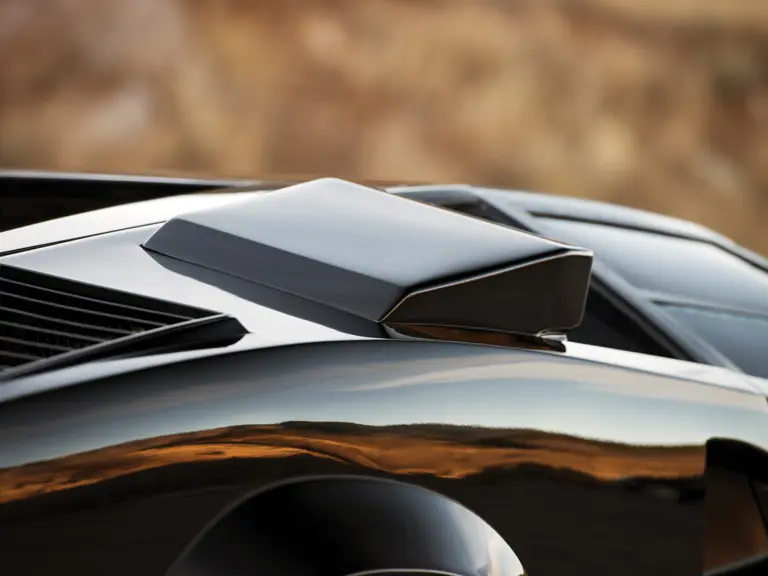


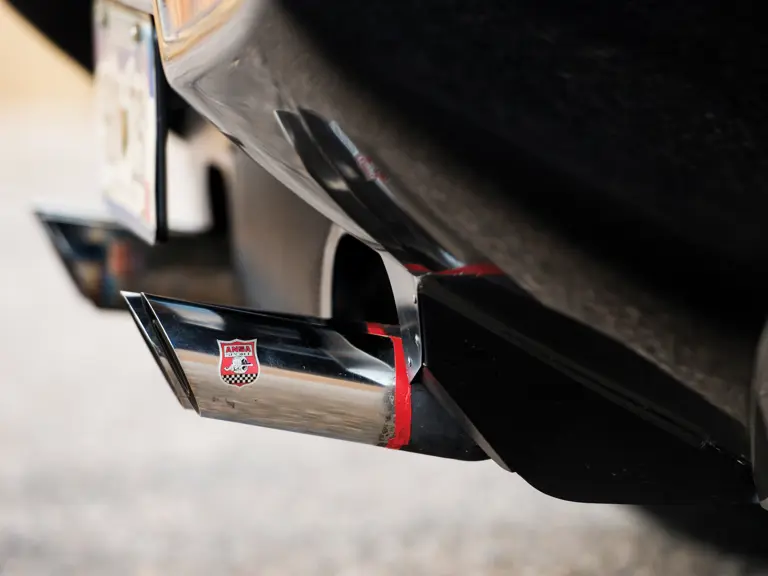
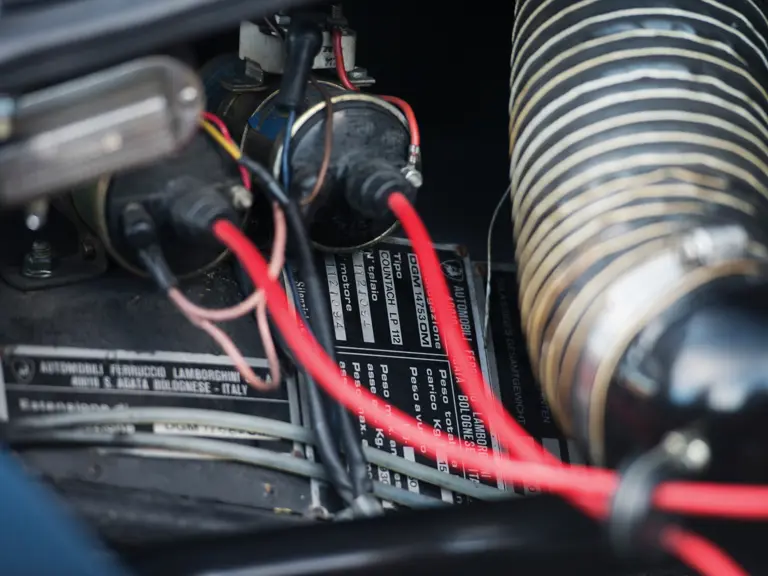
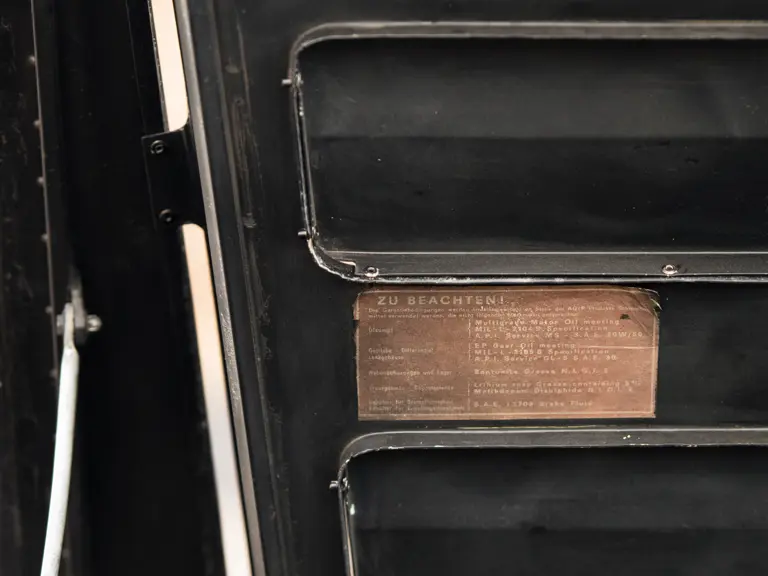

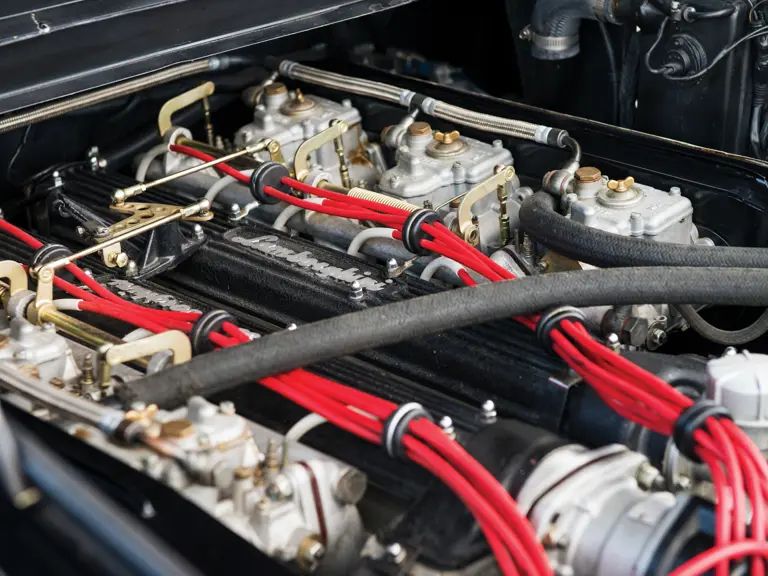
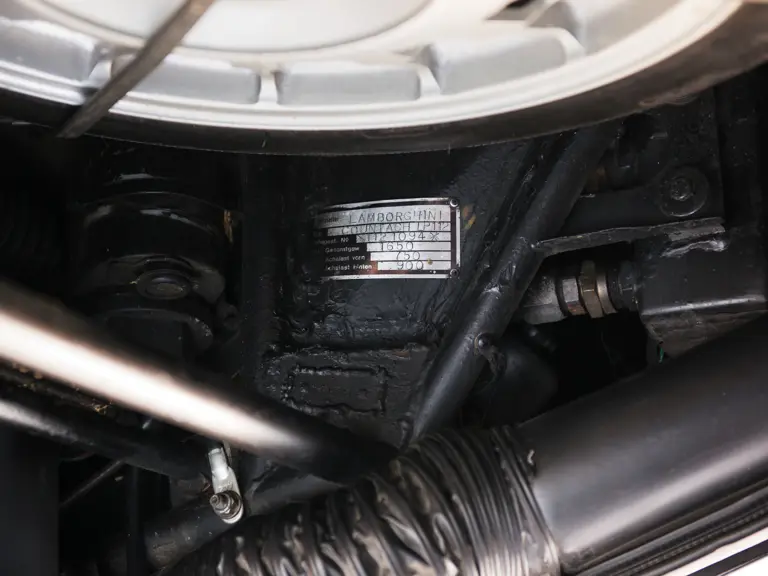





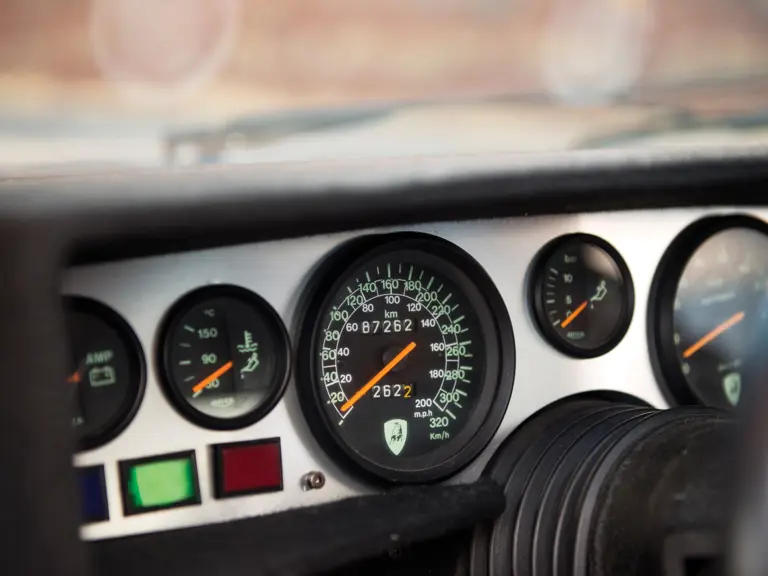

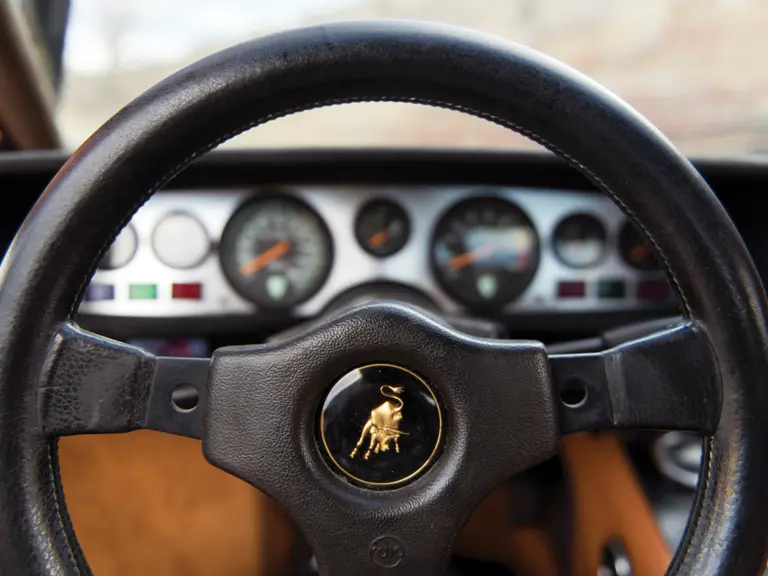
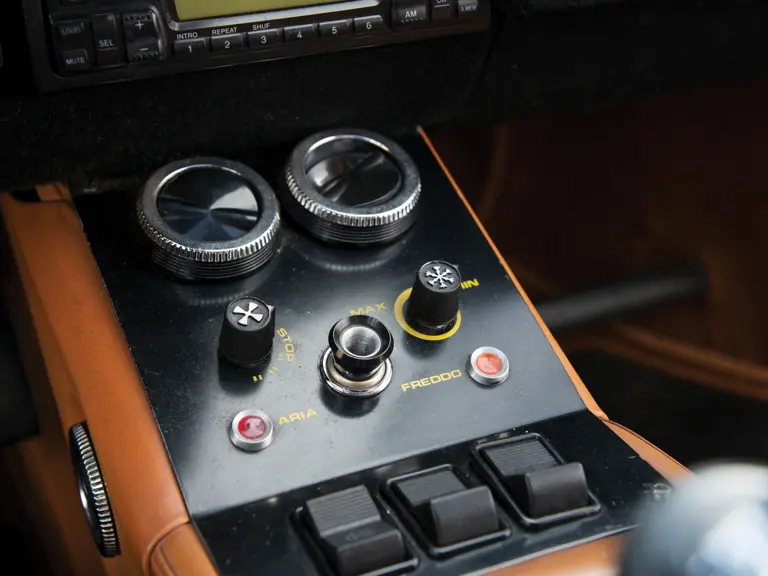
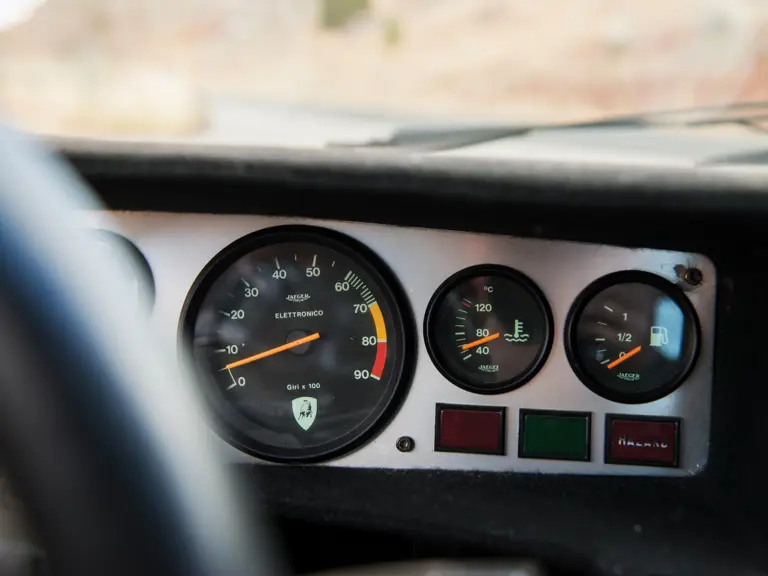
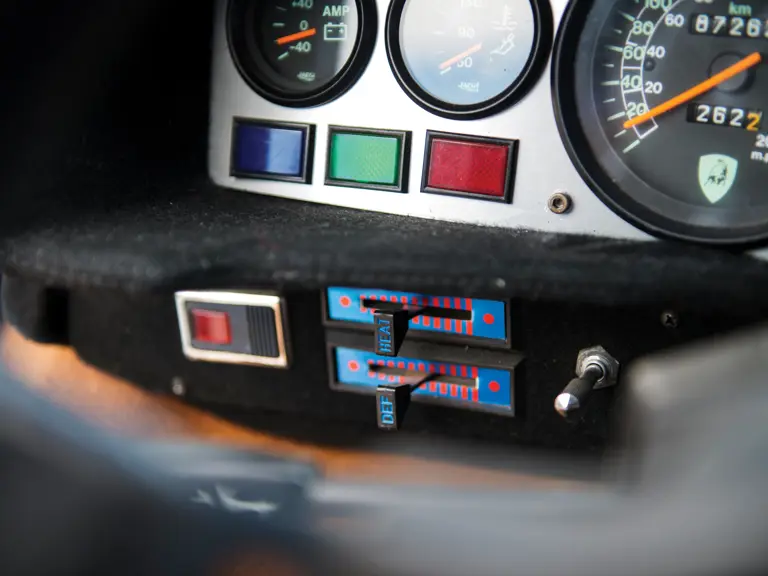


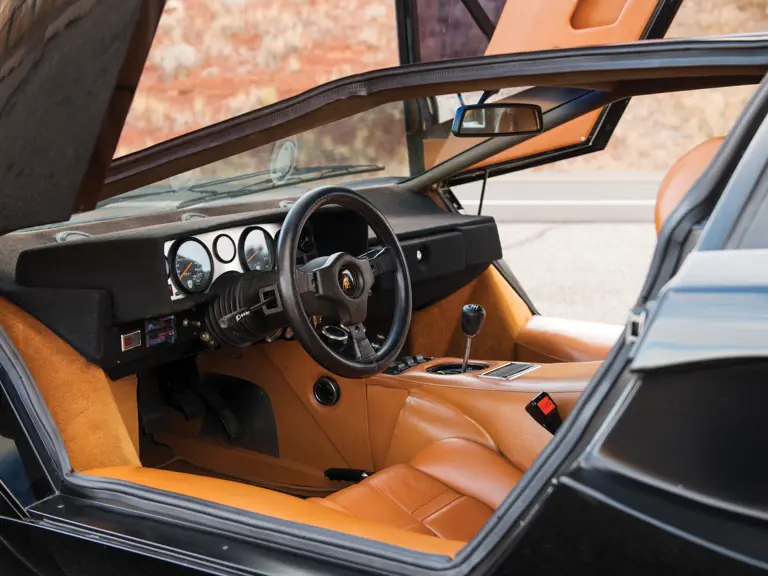
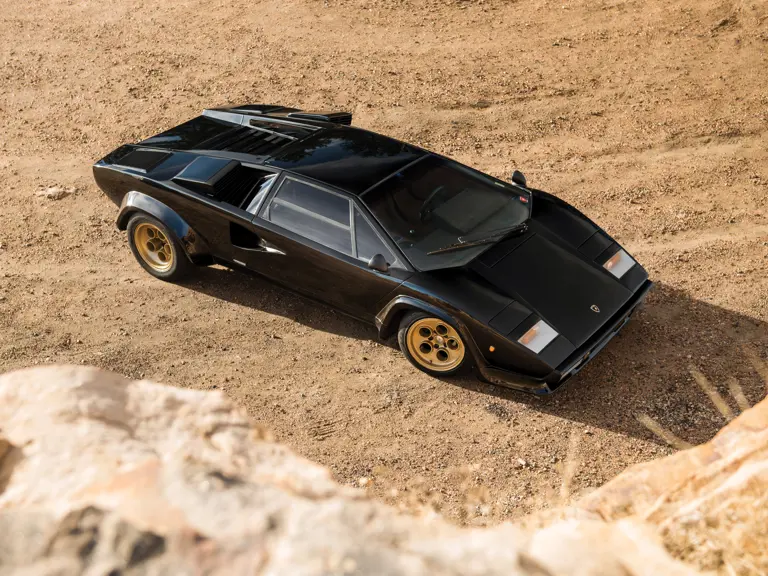
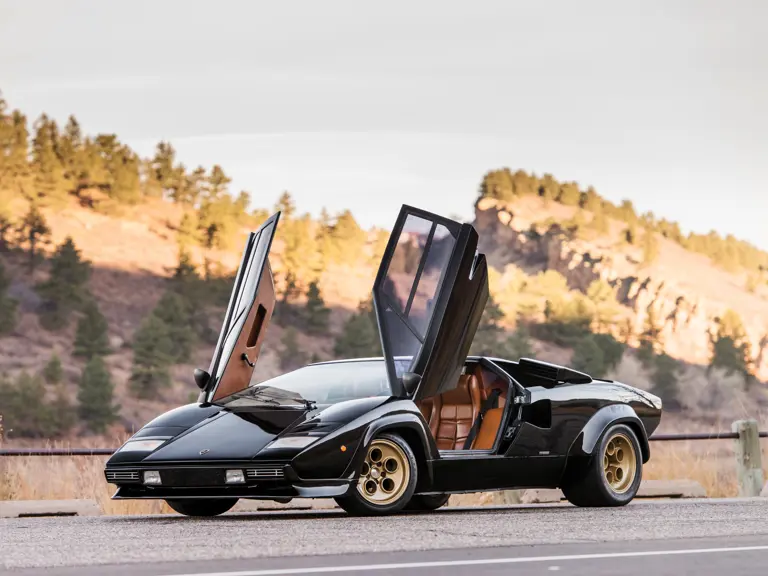
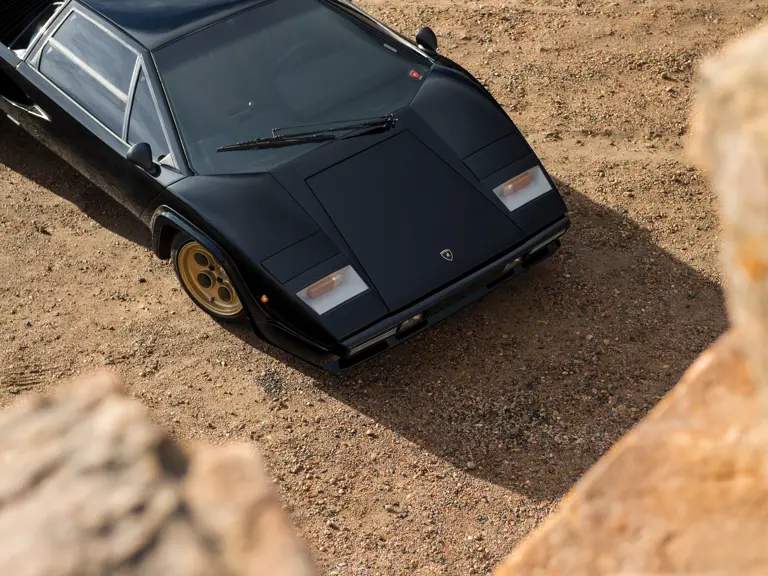
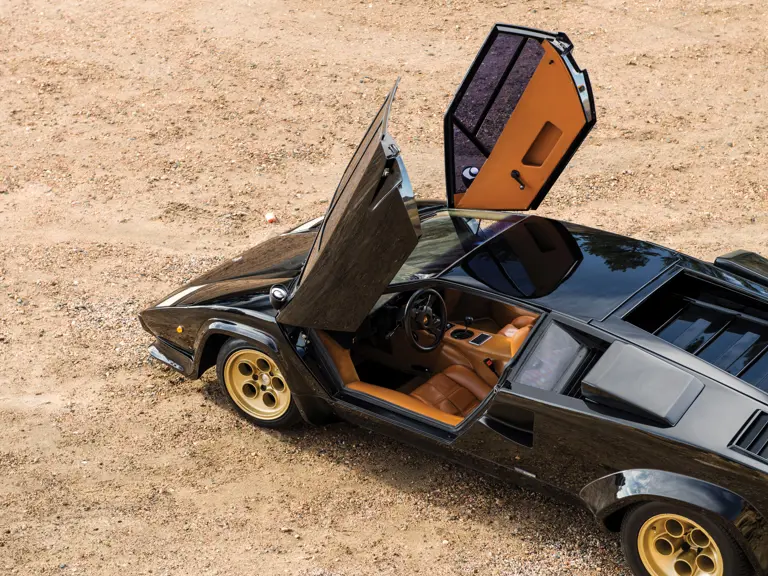

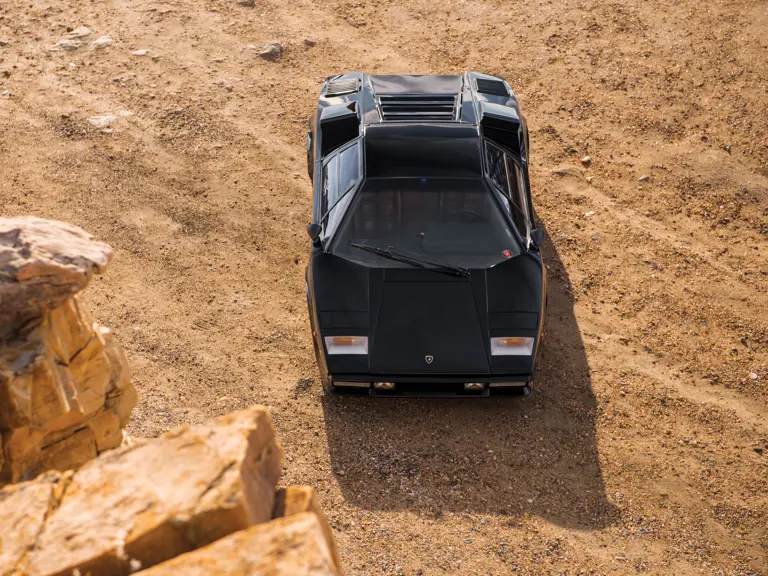
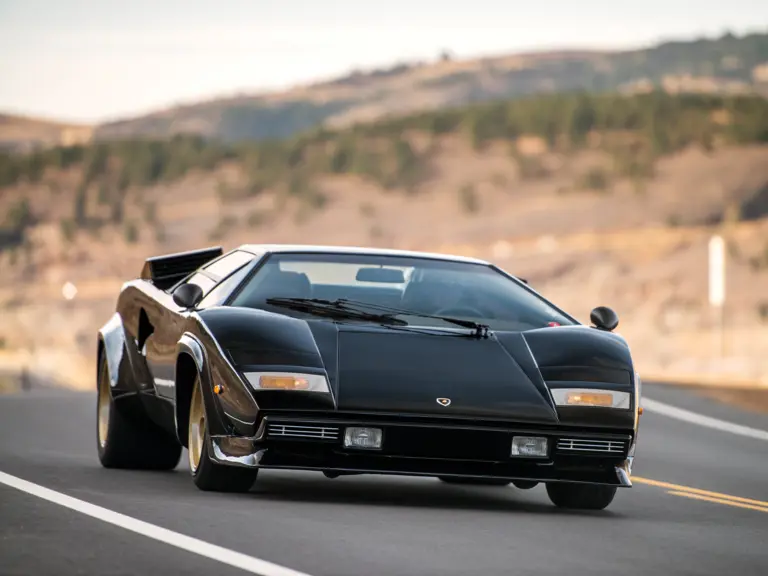
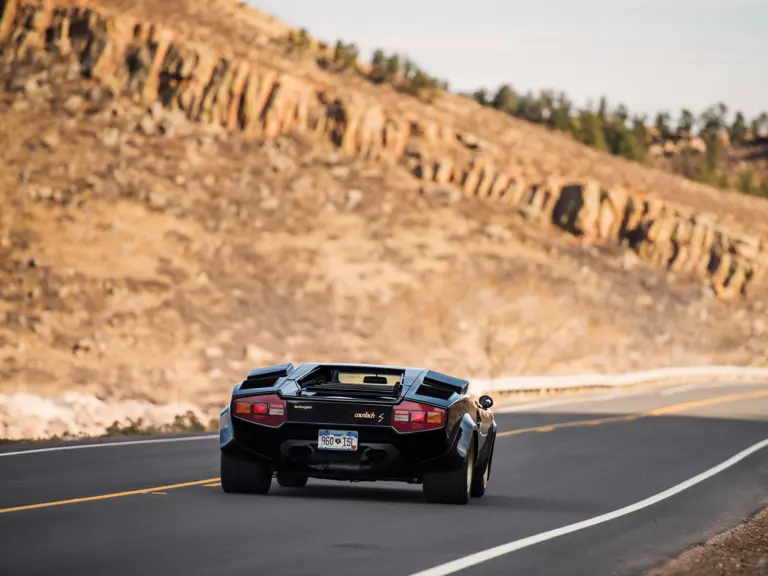

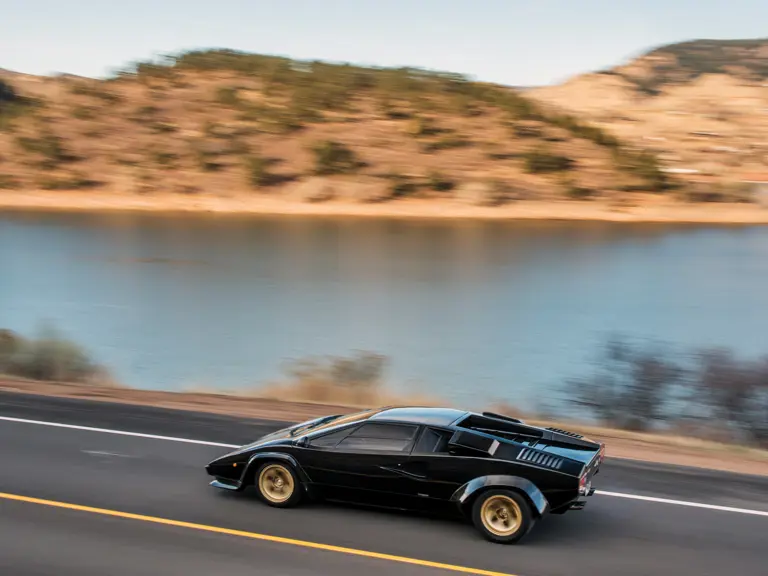


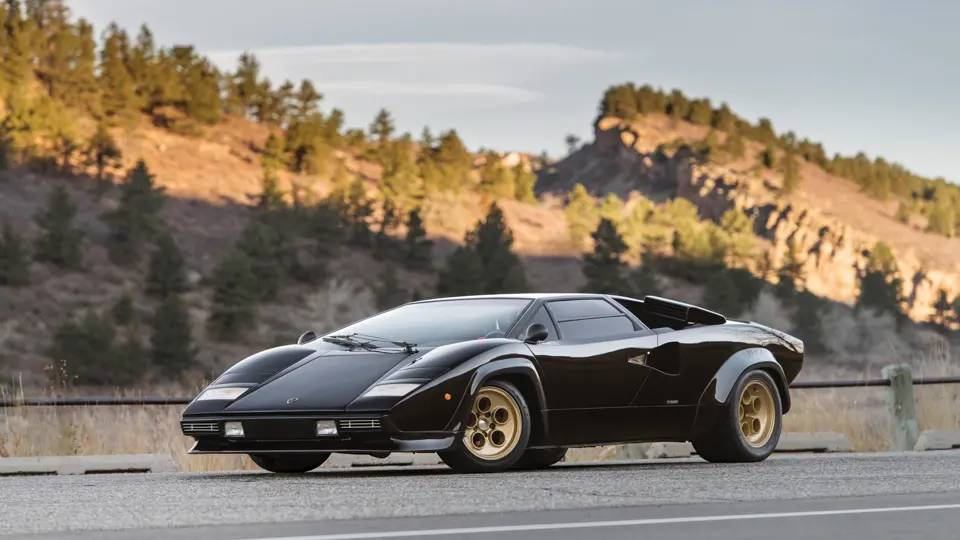
 | Phoenix, Arizona
| Phoenix, Arizona
